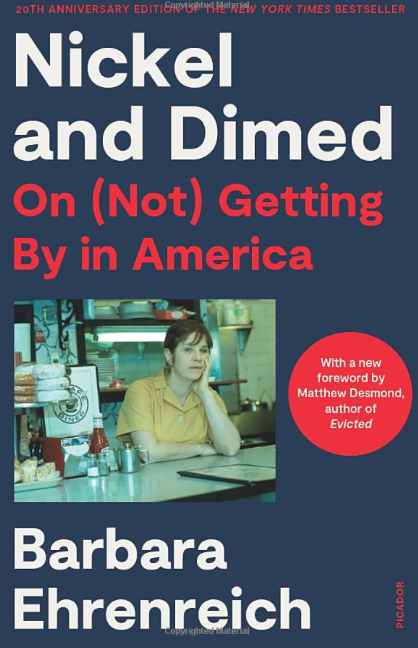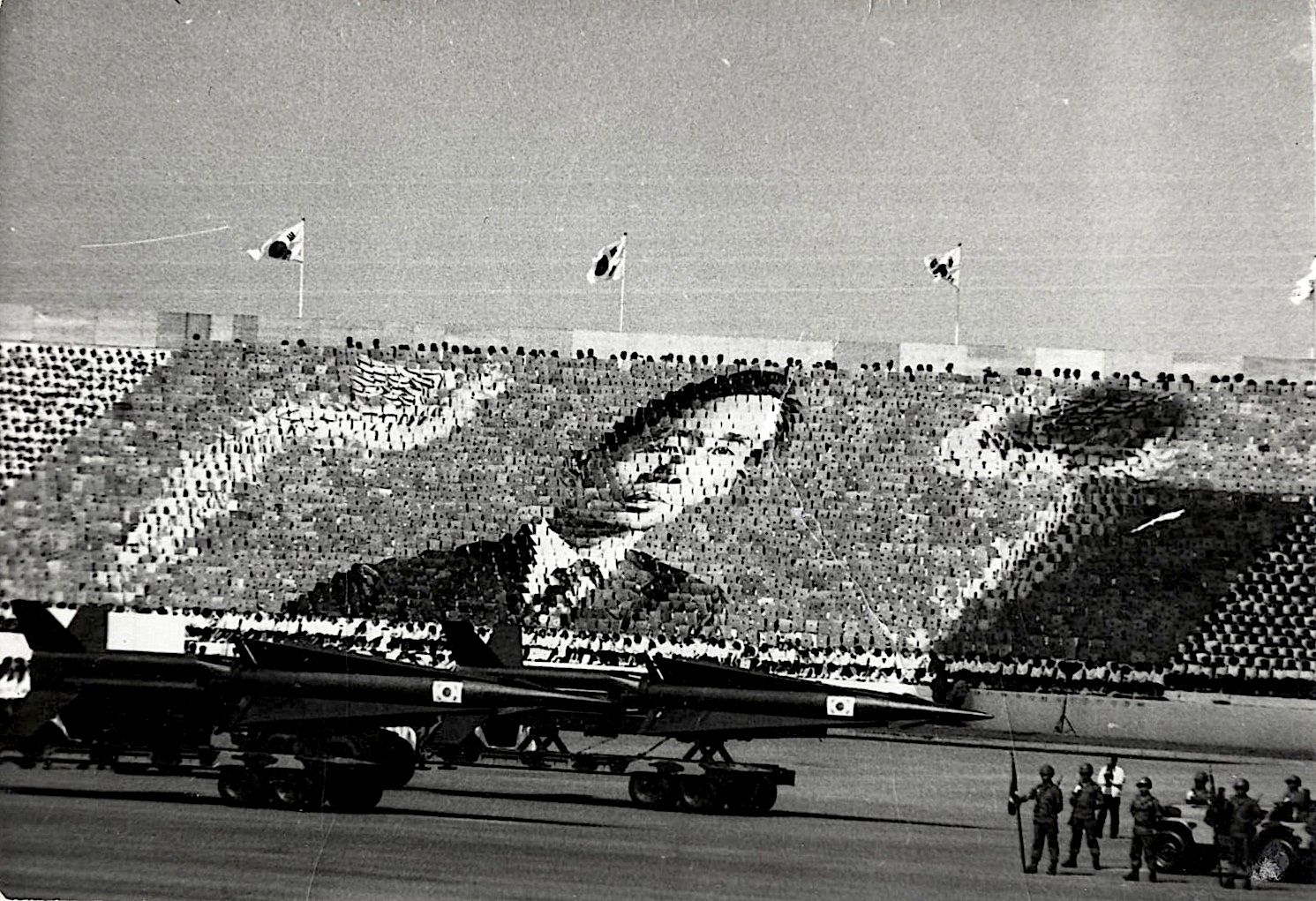Every walkout, every outstretched hand, every word written or spoken in defense of workers’ rights, is a victory — whether it results in immediate and obvious success or not, writes Richard Eskow.

Barbara Ehrenreich in 2009. (NOW, Flickr, CC BY-NC-ND 2.0)
By Richard Eskow
Common Dreams
 Only a week or two before Barbara Ehrenreich’s death on Sept. 1 I was in a used bookstore, where I found and bought an out-of-print pamphlet she co-wrote in 1988 with journalist and author Annette Fuentes. It’s called “Women in the Global Factory.”
Only a week or two before Barbara Ehrenreich’s death on Sept. 1 I was in a used bookstore, where I found and bought an out-of-print pamphlet she co-wrote in 1988 with journalist and author Annette Fuentes. It’s called “Women in the Global Factory.”
That year, as Reaganism was reprogramming both political parties, Ehrenreich and Fuentes were engaged in the honorable and never-ending work of documenting corporate exploitation. Their work shows us how, even before Bill Clinton brought us the WTO agreement with China, multinational corporations were exploiting impoverished workers and specifically oppressing women—and that the U.S. government was enabling it. The trade deals later promoted by both parties would make the situation far worse in the decades to come.
 The pamphlet also reminds us that Ehrenreich was doing the work that needed to be done well before her best-known book, Nickel and Dimed, made her famous in 2001.
The pamphlet also reminds us that Ehrenreich was doing the work that needed to be done well before her best-known book, Nickel and Dimed, made her famous in 2001.
It musters facts and figures, as well as sexist pitches like the investment brochure from the Malaysian government which boasts that “the manual dexterity of the Oriental female is famous the world over. Her hands are small and she works with care… Who, therefore, could be more qualified by nature and inheritance to contribute to the efficiency of a bench-assembly line than the Oriental girl?”
There is uplift in the pamphlet, too, when the authors list a series of woman-led labor actions in the developing world. These actions often required great personal sacrifice. They include the following descriptions:
Nuevo Laredo, Mexico, 1973: Two thousand workers at Transitron Electronics walked out in solidarity with a small number of workers who had been fired unjustly. Two days later, 8,000 striking workers met and elected a more militant union leadership.
Bangkok, Thailand, 1976: Seventy young women locked out their Japanese bosses and took control of their garment factory. They continued to produce jeans and floppy hats for export, paying themselves 150 percent more than their bosses had.
South Korea, 1979: Two hundred young women employees of the YH textile and wig factory staged a peaceful vigil and fast to protest the company’s threatened closing of the plant. On Aug. 11, the fifth day of the vigil, more than 1,000 riot police armed with clubs and steel shields broke into the building where the women were staying and forcibly dragged them out. Twenty-one year old Ria Kong Suk was killed during the melee. It was her death that touched off the widespread rioting throughout the country that many believe led to the overthrow of the dictator Park Chung Hee.
The Bangkok action reminds us that workers are capable of self-management through a program of workplace democracy. And the fall of Park Chung Hee reminds us that the labor struggle involves more than just the improvement of workers’ wages, benefits and working conditions. Important as those things are, they cannot be permanently achieved unless they also lead to a fundamental realignment of political and economic power.

Honoring President Park Chung-hee in Army Parade at Armed Forces Day on Oct. 1, 1973. (Baek, Jong-sik, CC BY-SA 2.5, Wikimedia Commons)
That’s the real work before us. Consider this sentence from Geoff Mann’s recent examination of the de-growth movement in The London Review of Books: “Everything (in modern economics) is premised on the assumption that Capital decides, and Labour does what it’s told.”
That assumption is exactly what the Brisbane, Australia, building trades unions challenged in the 1970s when they struck, not only for themselves, but for the rights of others, and for the environmental integrity of the entire city. This effort is documented in a (now out of print) book called Green Bans, Red Union: Environmental Activism and the New South Wales Builders Labourers Federation. (Used copies can be found online.)
As authors Meredith and Verity Bergmann show, Brisbane’s building workers used their power to preserve green spaces (refusing to work on buildings that destroyed them), and defended the rights of women, LGBTQ, and Indigenous people. Their work was eventually suppressed, but not before preserving some green parts of Brisbane forever (at least, so far).
The labor-driven solidarity demonstrated by the “red unions” upends the premise Mann describes and points the way to a more democratic and habitable future. As for the pamphlet: Not all of the actions listed in it resulted in visible progress. But every woman who took part in them helped advance labor rights, by being present, conscious, and brave. Our speech and actions resonate in ways we may never come to understand. Our duty, and our privilege, is to do the work whatever the outcome. Barbara Ehrenreich did that work. So did the women whose actions she and Fuentes recorded.
Every walkout, every outstretched hand, every word written or spoken in defense of workers’ rights, is a victory — whether it results in immediate and obvious success or not. The only failure is not to have tried.
Richard (RJ) Eskow is a freelance writer. Much of his work can be found on eskow.substack.com. His weekly program, The Zero Hour, can be found on cable television, radio, Spotify and podcast media. He is a senior advisor with Social Security Works.
This article is from Common Dreams.
The views expressed are solely those of the author and may or may not reflect those of Consortium News.

Just another note: The green bans were in Sydney, not Brisbane.
Barbara was a genuine humanitarian and a “woman of the people!” A prolific writer whom I’ve admired and respected for several decades, especially when she went “undercover” working in what is conveniently called “entry level jobs” for minimum wages and living (existing?) on the meager income as research for “Nickle and Dimed.” May she rest in Peace.
She fought the good fight, and she will be missed.
That acronym “LGBTQ” was not used in the days of the building workers’ green bans. If, in the 1970s someone had spoken about the “LGBTQ” community no-one would have had the slightest idea what they were talking about.
The “gay movement” emerged in the 1970-1980s. Before that there were CAMP (Campaign Against Moral Persecution), Gay Liberation, Lesbian Liberation etc. The word “queer” was (and still is) regarded by many homosexual men as a perjorative term they had (have) no wish to embrace.
To read the word “queer” or the acronym “LGBTQ” into history is inaccurate. It is a bit like claiming that some figure from the 18th century was “woke”.
Just a note: It is spelled “Burgmann”
What a great loss! “Nickled and Dimed” was a terrific and timely book. She will be missed!
One of the staunchest, steadfast, contemporary labor activists.
A true hero who spent herself attempting to protect the national security interests of all workers of America, and by her leading example, of workers of the world.
This is the queen I will miss.
Barbara’s “Bright Sided” is phenomenal.